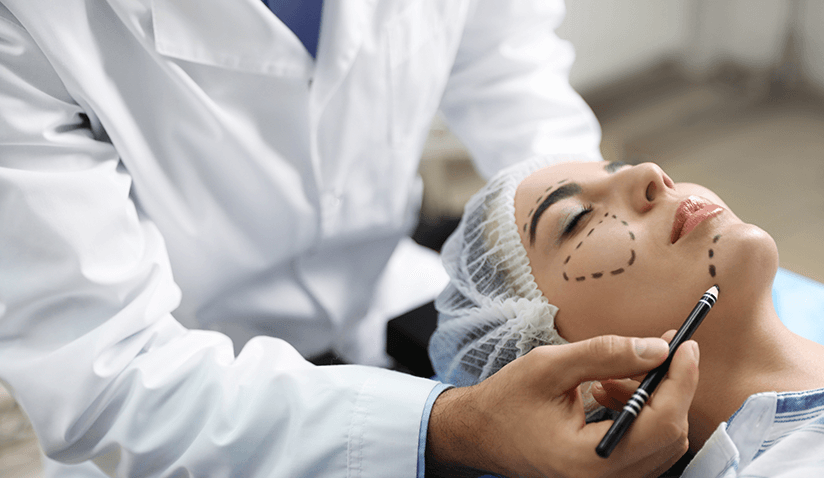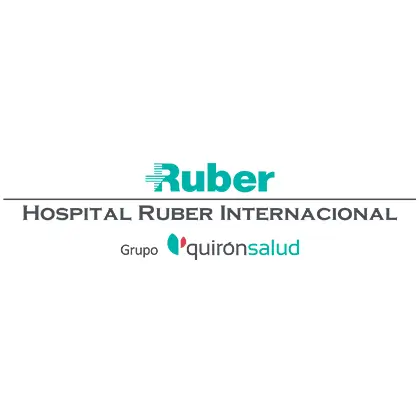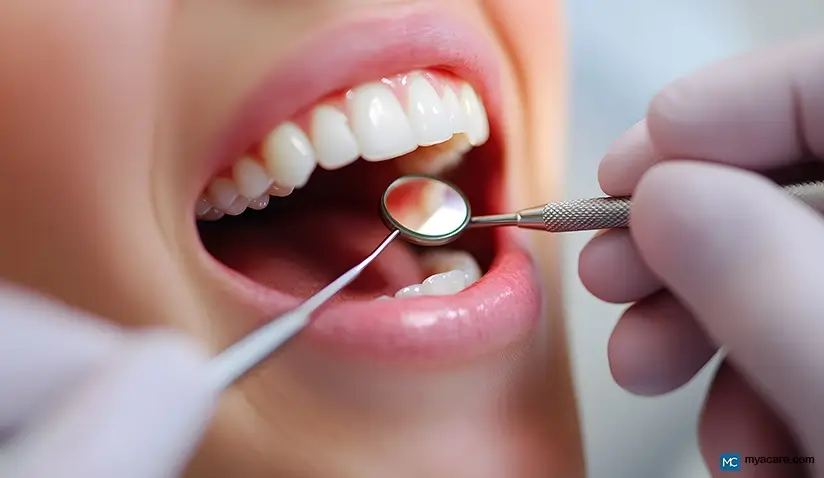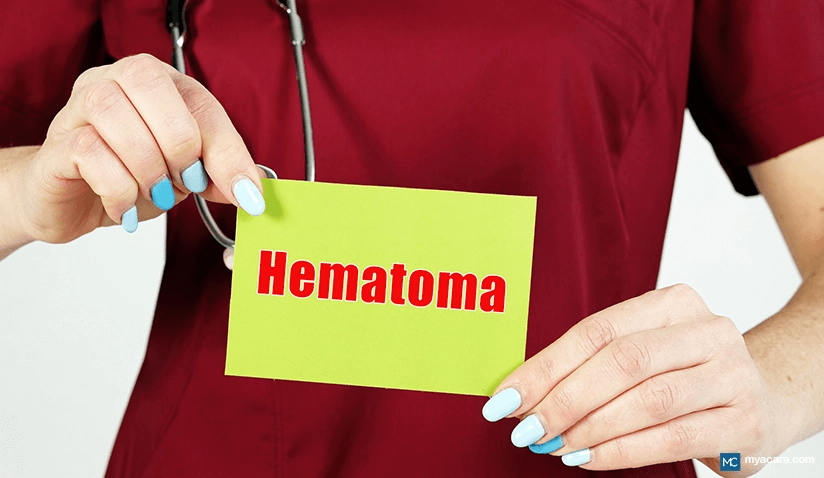Autografts and Synthetics: Reconstructive and Cosmetic Uses of Fat, Muscle, and Implants

In recent years, the field of aesthetic and reconstructive surgery has witnessed significant advancements through the use of autologous tissue grafts and implants, particularly involving fat and muscle. Autologous grafting techniques utilize the body’s own tissues, such as fat, aiming to restore volume, improve contour, and reconstruct anatomical structures damaged by trauma, congenital anomalies, or surgical removal. Fat grafting involves transplanting fat cells harvested from one area, such as the abdomen, thighs, or flanks, to another part of the body to restore volume or correct contour irregularities.
Muscle flaps and muscle implants are primarily used for reconstructive purposes but also have aesthetic applications. Muscle flaps involve transferring muscle tissue, along with its blood supply, to restore function and contour in areas affected by injury, congenital defects, or surgery. Muscle implants, which are synthetic or biocompatible devices designed to replicate natural muscle bulk, can offer solutions for patients seeking both aesthetic enhancement and functional correction.
Surgeons consider various factors when deciding between fat grafts, muscle flaps, implants, or a combination thereof. Each option has its advantages and challenges.
For instance, fat grafts can provide a natural look but may not retain volume consistently over time. Muscle flaps can help restore movement in affected areas, and while functional issues at the donor site are possible, they are a very uncommon occurrence. Implants can provide long-lasting volume but may carry a higher risk of complications, such as infection or shifting.
This article highlights the use of autologous grafts and implants in aesthetic and reconstructive surgery, detailing their applications, benefits, limitations, and emerging advancements.
Target Areas: Aesthetic and Reconstructive Goals
Head and Face
Facial Rejuvenation
Autologous fat grafting is increasingly used as a technique for facial rejuvenation to address volume loss, fine lines, and contour irregularities commonly associated with aging. Unlike synthetic fillers, fat grafting offers a natural, long-lasting solution by using the patient’s own adipose tissue, which may minimize the risks of allergic reactions or rejection.
To account for the natural resorption of fat that occurs after grafting, surgeons commonly use overcorrection strategies, where slightly more fat is injected than the desired end volume. This anticipates volume loss and minimizes the need for repeat procedures.
Recent innovations, such as ultrasound-guided fat injection, enable surgeons to place fat cells accurately in targeted tissue planes, optimizing graft survival and aesthetic results. The use of different fat types, such as structural fat grafting, may support the restoration of both deep facial support and superficial skin rejuvenation.
Facial Reanimation
In reconstructive settings, muscle flaps play a vital role in restoring facial movement lost due to paralysis from trauma, cancer resection, or neurological disorders. For instance, the gracilis muscle transfer is a widely utilized technique for dynamic smile reconstruction. This involves transplanting the gracilis muscle flap from the thigh, along with its nerve and blood supply, to the face.
Once reinnervated, the flap can restore voluntary movement, significantly improving both function and appearance. Such procedures require microsurgical expertise and have become widely accepted and often preferred methods in facial reanimation surgery.
Breast and Chest Wall
Fat grafting to the breast has evolved as a versatile technique with dual applications: aesthetic breast augmentation and reconstructive volume restoration post-mastectomy or lumpectomy.
Breast Augmentation by Fat Grafting
In aesthetic surgery, fat grafting breast augmentation provides a natural alternative to silicone implants. This technique uses the patient’s own fat to enhance breast volume, improve shape, and subtly lift sagging tissue. It holds promise for individuals seeking modest volume enhancement with a more natural look and feel. This method can also appeal to patients who are concerned about complications associated with implants, such as capsular contracture or rupture.
To optimize results, your surgeon may recommend one or more follow-up procedures as needed.
Breast Reconstruction After Cancer or Surgery
Fat grafting plays a crucial role in breast reconstruction, particularly for patients recovering from mastectomy, lumpectomy, or radiation therapy. When used alone or as a complement to implants or flap reconstructions, fat grafting can enhance contour, smooth surface irregularities, and improve the pliability of scarred or irradiated tissues.
Fat grafting over breast implants is possible in both cosmetic and reconstructive scenarios. Surgeons often use it to camouflage implant edges, correct rippling, enhance cleavage, or refine breast contour after implant placement.
The technique considered the gold standard in breast reconstruction involves transferring tissue (a flap) from the abdomen to the breast using microsurgical techniques. This technique, known as the DIEP flap, is often favored for its ability to achieve a natural look and feel.
Chest Wall Reconstruction
Muscle implants can be particularly beneficial for patients with congenital conditions, such as Poland Syndrome, which is characterized by the absence or underdevelopment of the pectoralis muscle. Custom-shaped pectoral implants can restore symmetry and chest contour, improving both function and aesthetics.
Similarly, post-traumatic or post-oncologic chest muscle loss can be addressed with these implants. Additionally, for conditions such as pectus excavatum, pectoral implants serve as adjuncts to surgical correction, providing improved chest wall appearance and volume.
Soft Tissue and Functional Restoration
The latissimus dorsi and pectoralis major are examples of muscle flaps that are commonly used to cover sternal wounds, reconstruct large soft tissue defects, and restore chest wall contour. These flaps provide well-vascularized tissue, which is critical for wound healing and the protection of underlying structures, especially in irradiated or infected areas. Functionally, they can also help restore respiratory mechanics in extensive chest wall reconstructions.
Upper Limbs (Arms and Shoulders)
Muscle implants for the biceps and deltoid muscles serve dual roles. Aesthetically, they can enhance muscle definition and symmetry for individuals seeking improved body contouring or masculinization. Reconstructively, implants can restore volume lost due to trauma, tendon rupture, or tumor excision. These implants provide predictable, long-lasting results but require careful consideration regarding placement and patient expectations.
In reconstructive limb surgery, muscle flaps are vital for covering exposed bone or hardware, protecting critical structures, and restoring motion when reinnervated. Free functional muscle transfers, such as those incorporating the gracilis or latissimus dorsi, can replace lost muscle function, aiding significant improvements in limb mobility and strength, especially after severe trauma or tumor resection.
Abdomen and Flanks
Autologous fat grafting is extensively used for contouring the abdomen and flanks, addressing dimpling, irregularities, and volume deficits. These procedures can smooth out the skin surface and enhance the overall body shape. In many cases, donor sites such as the flanks or lower abdomen are in close anatomical proximity to the recipient areas, which allows for efficient fat harvesting and grafting. This overlap reduces the need for repositioning during surgery, minimizes trauma to surrounding tissues, and enhances the precision of contouring procedures.
Muscle flaps are used to reconstruct abdominal wall defects resulting from surgery, trauma, or hernia repair. They can provide durable coverage, restore structural integrity, and reduce the risk of infection. Flaps such as the rectus abdominis or external oblique muscle can fill dead space and reinforce the abdominal wall, thereby supporting functional recovery.
Lower Limbs (Thighs and Calves)
Fat grafting to the thighs and calves is primarily performed for aesthetic enhancement and correction of asymmetries. By restoring volume and improving contours, this technique can improve leg proportion and patient confidence.
Calf implants are used both for aesthetic purposes (enhancing muscle definition and symmetry) and reconstructively to address congenital atrophy or post-traumatic deformities. These implants can help restore a balanced lower limb contour and improve functional appearance.
Reconstruction of soft tissue defects and muscle loss in the lower limbs often involves muscle flaps that provide critical coverage and protection of underlying bones, tendons, or hardware. These flaps enhance wound healing and may restore some functional muscle capacity when reinnervated.
Gluteal Region
Gluteal Augmentation
The Brazilian Butt Lift (BBL) popularized fat grafting for gluteal augmentation, combining volume enhancement with improved contouring. This procedure uses carefully harvested and processed fat injected subcutaneously to augment the buttocks. However, it carries significant risks such as fat embolism, particularly if fat is inadvertently injected intramuscularly, where it can enter large veins.
Gluteal implants can be an alternative or adjunct to fat grafting for patients with gluteal hypoplasia or contour deficiencies. They are used both aesthetically and reconstructively to restore volume and shape, especially after trauma or for congenital conditions affecting the buttocks.
General Applications Across Regions
Soft Tissue Augmentation
Beyond specific regions, fat grafting is widely used to correct various deformities, scar irregularities, and contour defects across the body. The regenerative properties of adipose-derived stem cells can potentially enhance skin quality and improve scar appearance, making fat grafting a promising option in certain aesthetic and reconstructive procedures.
Wound Healing and Functional Restoration
Muscle flaps can cover chronic pressure ulcers, fill dead space after tumor resection or trauma, and improve tissue vascularity to promote healing. Functional reconstruction is possible when transferred muscles are successfully reconnected to nerves - a process called reinnervation. This can restore movement and control in areas such as the limbs or even help rebuild muscle function in critical structures like the anal or urinary sphincters, improving continence and quality of life.
Muscle Reconstruction
Muscle flaps and implants address volume and contour deficits from trauma, congenital defects, or surgical removal. Advances in implantable biomaterials and microsurgical techniques continue to improve outcomes in muscle reconstruction, enabling durable and natural-looking restoration of form and function.
Combined Use of Muscle Implants and Fat Grafting
Combining muscle implants with fat grafting techniques offers synergistic benefits. Muscle implants provide a stable, volumetric foundation, while fat grafts refine contour and improve the natural feel and appearance of the reconstruction. Research supports improved volume precision, enhanced aesthetic outcomes, and greater patient satisfaction with combined approaches in both aesthetic and reconstructive cases.
As stated above, in aesthetic surgery, combining fat grafting with gluteal or breast implants can help achieve more natural contours and feel. In reconstructive cases, such as post-mastectomy breast reconstruction or correction of traumatic soft tissue loss, fat grafting over implants or muscle flaps can soften edges, correct contour defects, and improve skin quality, especially in irradiated areas.
Pros and Cons
Autologous grafts and implants differ in terms of benefits and drawbacks, as detailed below. Their selection depends on several factors, including the patient’s condition, treatment goals, and anatomical considerations, which are carefully evaluated by the surgeon.
Fat Grafting
- Pros:
- Natural appearance – Uses the patient’s own tissue for a more organic look and feel.
- Minimal risk of rejection – Autologous fat is biologically compatible, thereby reducing the risk of immune complications.
- Versatile for multiple body regions – Can be used for facial contouring, breast augmentation, buttock enhancement, and reconstructive procedures.
- Cons:
- Risk of fat embolism in high-risk areas – Especially in gluteal injections, where fat can enter large veins.
- Variable graft survival – Unpredictable fat resorption may necessitate repeat sessions.
- Potential for fat necrosis – Can lead to oil cysts or firm nodules, which may be mistaken for a tumor or other issues.
- Less effective in irradiated tissue – Reduced vascularity compromises fat viability in previously treated areas.
Muscle Implants
- Pros:
- Long-lasting volume restoration – Typically maintains contour with predictable size and shape over time.
- Predictable outcomes – Results are usually more consistent than those achieved with fat grafting in many cases.
- Cons:
- Higher complication risk – Might involve infection, extrusion, or implant displacement.
- Less natural feel – Especially noticeable in thin patients or dynamic areas.
- Potential for capsular contracture or rejection – Fibrous capsule formation can distort appearance and require revision.
Muscle Flaps
- Pros:
- Well-vascularized tissue – May promote healing and integration in complex or compromised wounds.
- Enhances infection control – Blood-rich flaps can help clear infection in contaminated or irradiated fields.
- Fills dead space effectively – Useful in trauma or oncologic resections.
- Functional recovery possible with reinnervation – Transferred muscle can regain movement, improving limb or sphincter function.
- Durable and versatile – Suitable for both aesthetic and reconstructive needs in various body regions.
- Cons:
- Donor site morbidity – Functional and aesthetic deficits may occur at the harvest site.
- Complex microsurgical procedure – Requires specialized expertise and prolonged operative time.
- Bulkiness – May be aesthetically suboptimal, particularly in delicate or contoured areas.
- Longer recovery time – Due to both donor and recipient site healing demands.
- Non-functional if not reinnervated – Without nerve integration, the muscle serves only a passive filling role.
Contraindications
Contraindications vary by procedure but generally include:
- Active infections
- Poor vascular supply at the recipient site
- Uncontrolled systemic diseases (e.g., diabetes)
- Coagulopathies
- Smoking
Timeline to Results
Fat grafting results typically stabilize within 3 to 6 months as grafted fat integrates or resorbs. Muscle flaps outcomes depend on reinnervation and healing, often requiring several months for functional recovery. Implants offer immediate volume but require monitoring for complications.
Scientific Advancements
Fat grafting is no longer just about adding volume; it is now recognized for its regenerative potential. This is largely due to adipose-derived stem cells (ADSCs), which are naturally found in fat tissue. These cells can potentially stimulate new blood vessel growth, improve skin texture and elasticity, and aid in long-term volume retention. However, the extent of their regenerative capabilities in clinical settings is still under investigation. Outcomes may vary depending on individual patient factors and the specific technique used.
Recent studies have investigated the differences between injecting fat into muscle tissue versus just under the skin, i.e., subcutaneously. Fat placed inside muscle may be better protected by surrounding blood vessels, potentially leading to improved graft survival and longer-lasting results. Muscle tissue has been shown to be a viable plane for fat grafting in areas where it is more suitable, such as the face. This finding can help surgeons determine the optimal placement of the fat. That said, this approach is under active research since fat graft survival depends on multiple factors.
Additionally, researchers are developing new implantable biomaterials that can mimic muscle tissue and support better integration when large amounts of muscle have been lost, for example, after trauma or cancer surgery.
Another emerging tool is Botulinum Toxin A (Botox). Though best known for cosmetic wrinkle treatment, it is now being studied as a way to enhance fat grafting results. Botox may improve graft "take" by reducing muscle movement in the grafted area, allowing better blood flow and encouraging fat cell survival.

Dr. César Casado Sánchez serves as the team leader of the Plastic, Aesthetic, and Reconstructive Surgery Unit at Hospital Ruber Internacional from Quirónsalud Hospital Group in Madrid, Spain. He specializes in aesthetic and reconstructive breast surgery, with extensive experience in autologous breast reconstruction and managing secondary cases following cosmetic breast surgeries.
His research interests encompass microsurgical flaps, tissue transplantation, and the integration of artificial intelligence in pathology. He is an active member of several professional societies, including SECPRE, FILACP, ESPRAS, ICOPLAST, AEM, and SECMA.

Hospital Ruber Internacional from Quirónsalud Hospital Group is a leading private hospital in Madrid, Spain, known for its top specialists, advanced technology, focus on innovation, and commitment to continual advancement in healthcare. The hospital offers cutting-edge treatments in various specialties, such as cancer, cardiovascular, and neurological conditions.
The addition of the latest Da Vinci robotic system model "xi" has further enhanced surgical precision and expanded treatment capabilities across various specialties, establishing the center's position as a global leader in healthcare innovation and patient care.
The Plastic and Aesthetic Surgery Department at Hospital Ruber Internacional provides a wide range of surgical and minimally invasive procedures in both aesthetic and reconstructive domains. The department is staffed by experienced professionals and emphasizes personalized care, adapting treatments to the individual needs and goals of each patient. In addition to traditional techniques, the team incorporates current advances in surgical methods to support patient safety and achieve reliable outcomes.
References:
Featured Blogs



